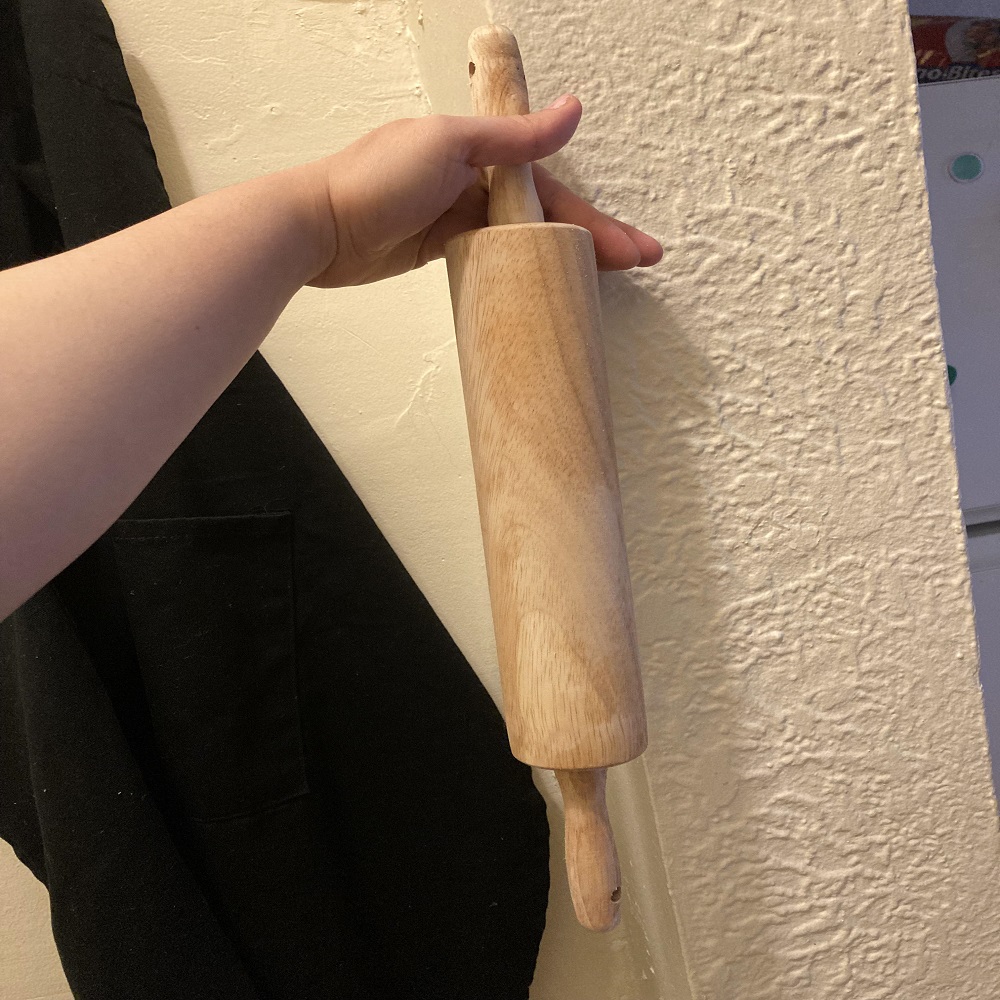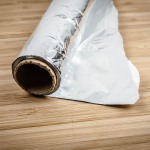Introduction
How to clean a wooden rolling pin – A wooden rolling pin is a cherished tool in many kitchens, prized for its durability and versatility. Proper care and cleaning are essential to ensure its longevity and maintain its effectiveness. This guide provides comprehensive methods for cleaning and maintaining your wooden rolling pin, ensuring it remains a reliable kitchen companion.
Cleaning a wooden rolling pin is an essential part of kitchen maintenance, ensuring that your baking tools remain hygienic and in optimal condition for use. Wooden rolling pins are cherished by many bakers for their ability to absorb minimal moisture and for the gentle touch they provide to delicate doughs. However, proper care is necessary to prevent warping, cracking, or harboring bacteria. Here’s a comprehensive guide on how to clean your wooden rolling pin effectively:
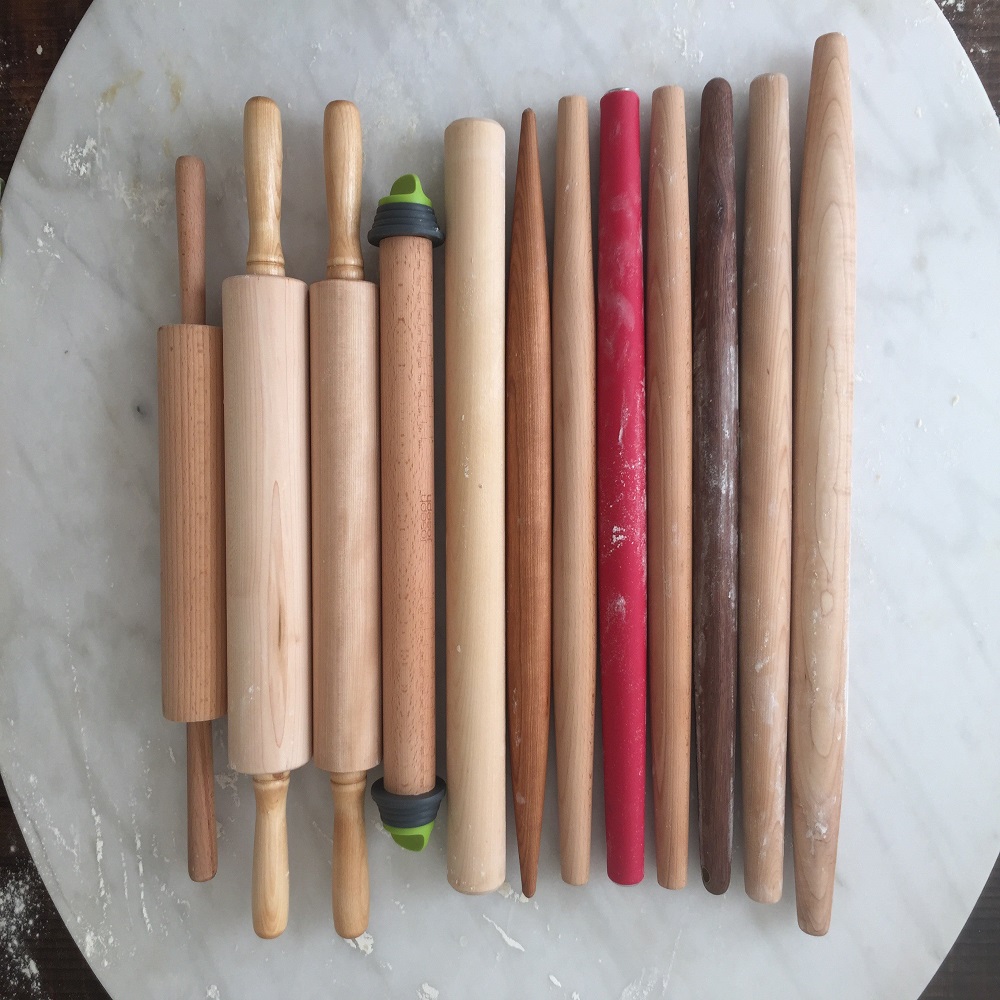
Immediate Cleaning After Use
a. Wipe Off Excess Dough
After using your rolling pin, promptly remove any excess dough or flour. Use a dry cloth or paper towel to gently wipe the surface, removing as much residue as possible. This step helps prevent dough from drying and sticking to the wood, making subsequent cleaning easier.
b. Avoid Soaking
Avoid soaking your rolling pin in water or placing it in the dishwasher. Prolonged exposure to water can cause the wood to warp, crack, or become discolored. Instead, clean it with minimal moisture.
Basic Cleaning Process
a. Wash with Mild Soap
For a deeper clean, use a mild dish soap diluted in warm water. Dampen a soft cloth or sponge with the soapy water, then gently wipe the surface of the rolling pin. Avoid using abrasive scrubbers, as they can scratch the wood.
b. Rinse Quickly
Rinse the rolling pin immediately under running water to remove any soap residue. Ensure that you do not submerge the pin; instead, use just enough water to rinse off the soap.
c. Dry Thoroughly
After rinsing, dry the rolling pin thoroughly with a clean, dry towel. It is crucial to ensure that the rolling pin is completely dry before storing it, as moisture can lead to mold or mildew growth.
Deep Cleaning and Sanitizing
a. Use Baking Soda for Tough Stains
For stubborn stains or odors, create a paste using baking soda and water. Apply the paste to the stained areas and gently scrub with a soft brush or cloth. Baking soda is a natural abrasive that helps remove stains without damaging the wood.
b. Sanitize with Vinegar
To sanitize your rolling pin, wipe it down with a cloth dampened with white vinegar. Vinegar has natural antibacterial properties that help eliminate any remaining bacteria. After applying vinegar, rinse the rolling pin with water and dry it thoroughly.
Maintaining Your Rolling Pin
a. Regular Oiling
To keep the wood conditioned and prevent it from drying out, periodically oil your rolling pin. Use a food-safe mineral oil or a specialized cutting board oil. Apply a small amount of oil to a clean cloth and rub it into the wood in a circular motion. Allow the oil to soak in for a few hours or overnight before wiping off any excess.
b. Store Properly
Store your rolling pin in a dry, cool place. Avoid exposing it to direct sunlight or extreme temperatures, as these conditions can affect the wood’s integrity. If possible, store the rolling pin in a protective cover to prevent dust accumulation.
Addressing Common Issues
a. Sticky Residue
If dough or flour residue becomes sticky, sprinkle a small amount of flour over the surface before wiping it with a damp cloth. The flour will help absorb excess moisture and make cleaning easier.
b. Cracks or Splits
If your rolling pin develops cracks or splits, avoid using it until it is repaired. Sand the affected areas lightly with fine-grit sandpaper and re-oil the wood to help prevent further damage. If cracks are severe, consider consulting a professional for repairs or replacing the rolling pin.
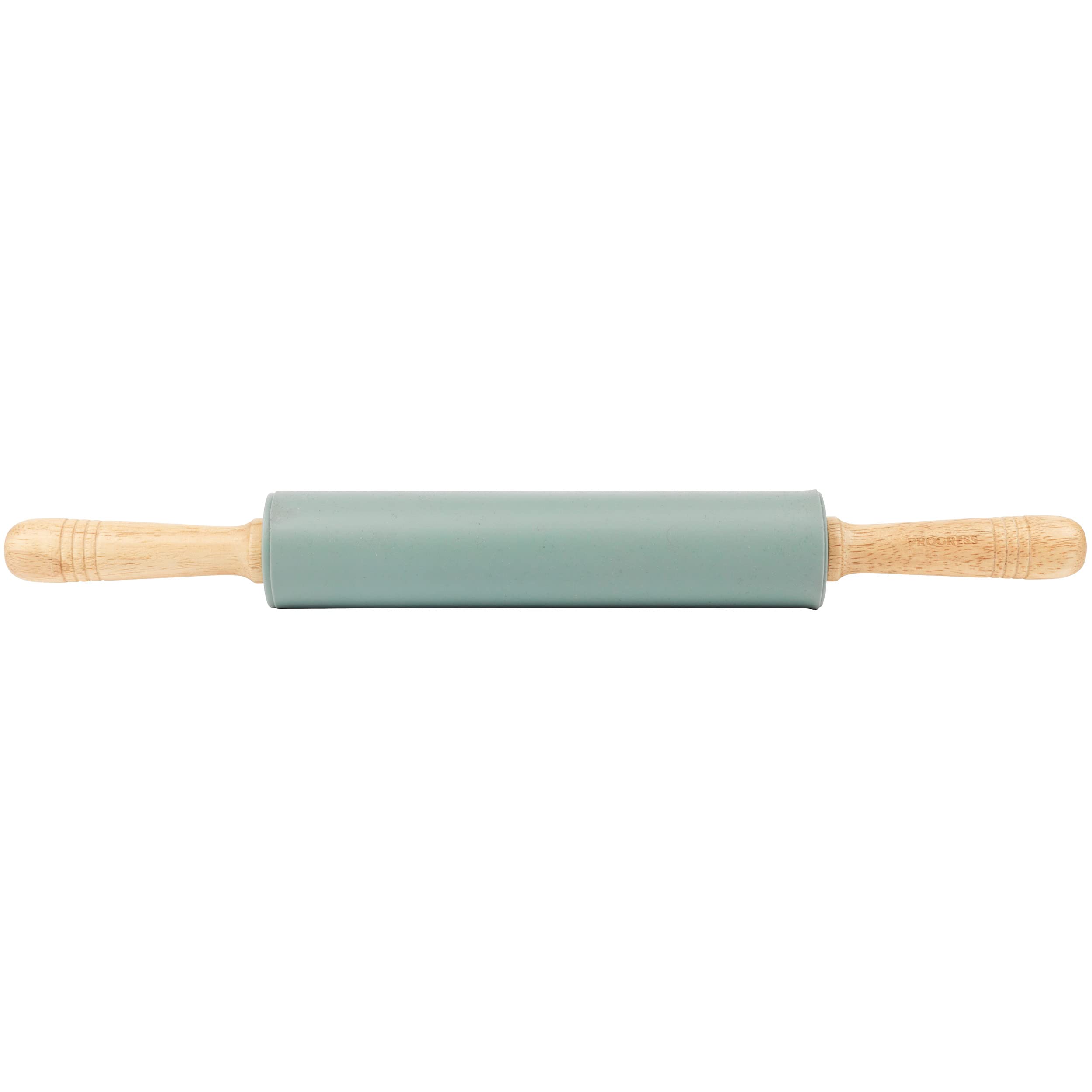
Immediate Cleaning After Use
- Remove Excess Flour and Dough: The first step after using your wooden rolling pin is to remove any visible debris. Gently brush off excess flour and bits of dough with a dry pastry brush or a soft cloth. This prevents the debris from hardening and makes subsequent cleaning steps easier.
Washing with Lukewarm Water
- Use Lukewarm Water: Fill a basin or sink with lukewarm water. Avoid using hot water as it can cause the wood to expand and potentially warp.
- Add Mild Soap (Optional): If your rolling pin has come into contact with sticky substances or has noticeable stains, you can add a small amount of mild dish soap to the water. Choose a soap that is free of harsh chemicals and fragrances to protect the wood.
- Gentle Cleaning: Dip a soft sponge or cloth into the soapy water (or just water if no soap is needed) and gently wipe down the rolling pin. Be sure to clean the handles and any crevices thoroughly but carefully to avoid damaging the wood.
- Rinse and Dry: Rinse the rolling pin under running water to remove all soap residue. Then, pat it dry with a clean, soft towel. It’s crucial to ensure no moisture is trapped as this can lead to warping or mold growth.
Sanitizing Naturally
While it’s not recommended to soak a wooden rolling pin in a sanitizing solution, there are natural ways to sanitize it:
- Vinegar Solution: Mix equal parts water and white vinegar in a spray bottle. Spray the solution lightly onto the rolling pin and wipe with a clean cloth. Vinegar is a natural disinfectant that won’t harm the wood.
- Lemon Juice: Another natural alternative is to use lemon juice, which also has antibacterial properties. Apply a small amount of lemon juice to a cloth and wipe the rolling pin. Follow up with a clean, damp cloth to remove any residue and dry as usual.
Deep Cleaning and Conditioning
For periodic deep cleaning or if your rolling pin looks dry, consider the following steps:
- Olive Oil or Food-Grade Mineral Oil: Once your rolling pin is completely dry, apply a light coat of food-safe oil such as olive oil or preferably, food-grade mineral oil. These oils help to moisturize the wood, preventing it from drying out and cracking over time.
- Application: Dip a clean, soft cloth into the oil and rub it evenly across the rolling pin, paying special attention to any dry spots or cracks. Allow the oil to soak in for a few hours, then wipe away any excess with a clean cloth.
Storage
- Airing Out: Before storing, ensure your rolling pin is completely dry to prevent mold or bacteria growth. You may want to leave it out for a while to air dry further.
-
Proper Storage: Store your rolling pin in a dry place, ideally standing upright in a holder or wrapped in a clean tea towel to prevent dust accumulation and to maintain its shape.
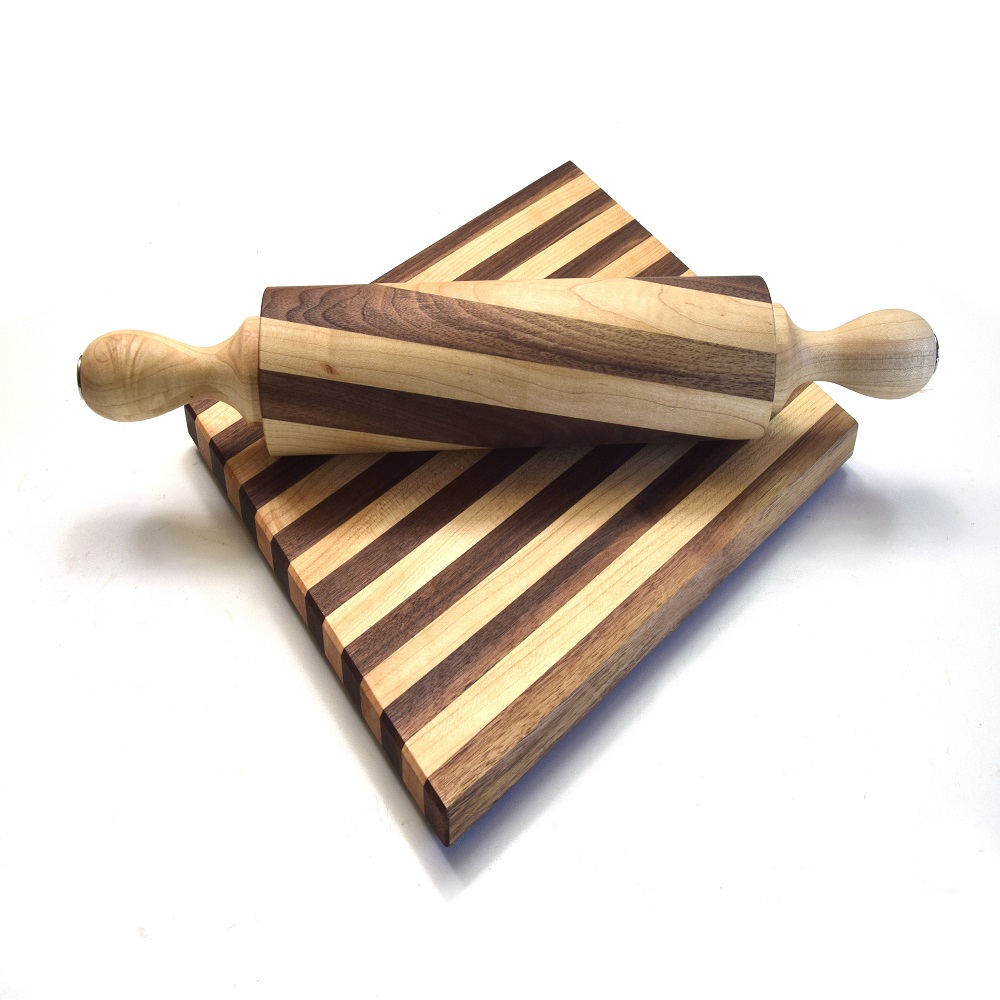
Conclusion
Proper cleaning and maintenance of your wooden rolling pin are essential to preserving its functionality and extending its lifespan. By following these effective methods, including immediate cleaning, basic and deep cleaning techniques, regular oiling, and proper storage, you ensure that your rolling pin remains in excellent condition. With the right care, your wooden rolling pin will continue to be a valuable and dependable tool in your kitchen for years to come.
